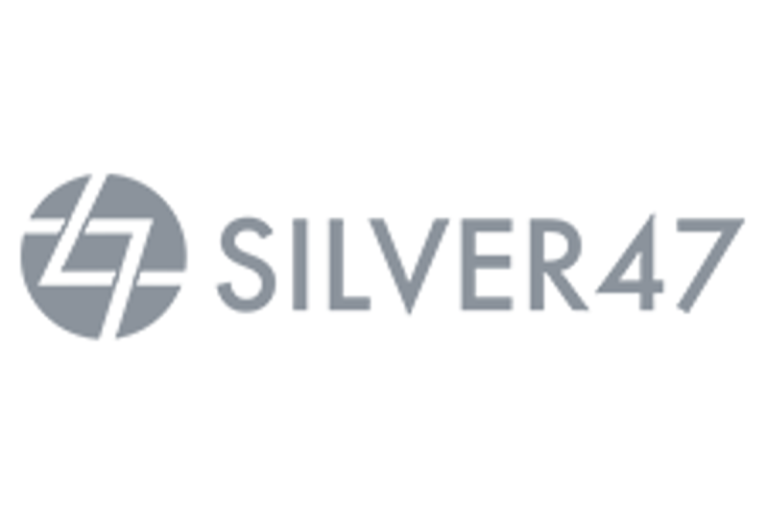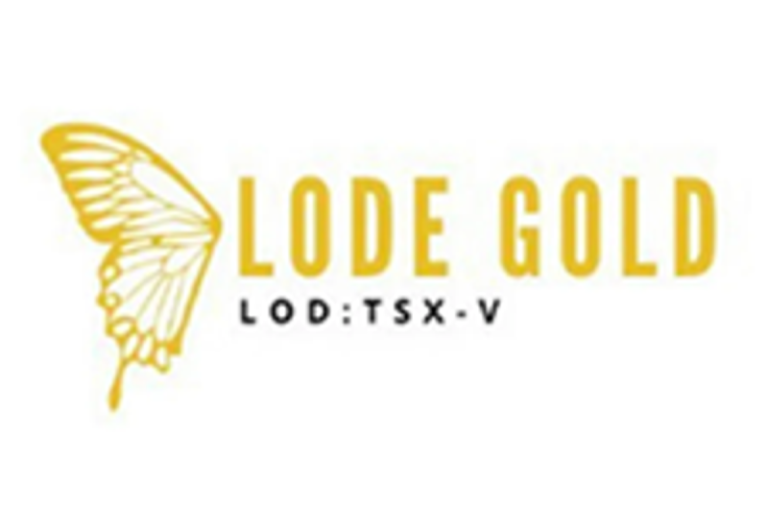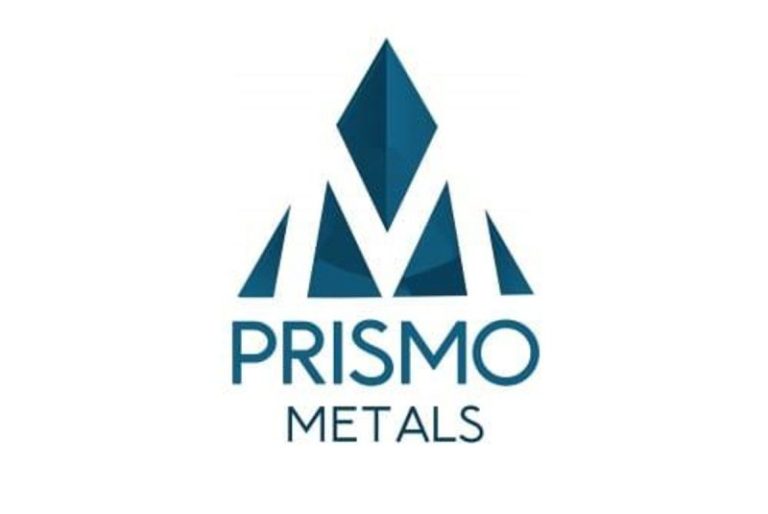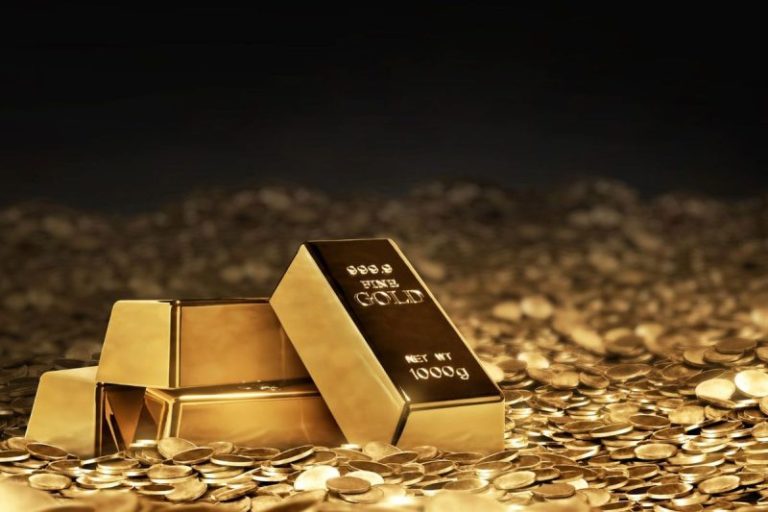(TheNewswire)
Vancouver, British Columbia, August 8th, 2025 TheNewswire Prismo Metals Inc. (‘ Prismo ‘ or the ‘ Company ‘) (CSE: PRIZ,OTC:PMOMF) (OTCQB: PMOMF) is pleased to announce that further to its news releases dated July 3, 2025, July 18, 2025 and July 31, 2025, the Company has proceeded with an upsized closing of its previously announced non-brokered private placement (the ‘Private Placement’ ) of units of the Company (‘ Units ‘) at an issue price of $0.06 per Unit (the ‘ Third Closing ‘). The closing was increased from 6,000,000 Units to the issuance of 6,425,000 Units for gross proceeds of $385,500.
Each Unit consists of one common share of the Company (a ‘ Share ‘) and one-half of one common share purchase warrant of the Company (each whole warrant, a ‘ Warrant ‘). Each Warrant entitles the holder to purchase one Share for a period of twenty-four (24) months from the date of issue at an exercise price of $0.10.
‘In the past few weeks, we have raised a total of $1,077,500 in gross proceeds reflecting investors’ interest in our recently optioned silver projects in Arizona, the historical high-grade Silver King and Ripsey mines,’ said Alain Lambert, CEO. ‘Exploration at Silver King is currently underway and our Chief Exploration Officer, Dr. Craig Gibson, has put in place a comprehensive first year exploration plan which includes a phase one drill program of a minimum of 1,000 meters.’
Dr. Craig Gibson, Prismo’s Chief Exploration Officer said: ‘The team has arrived on site, and we have begun a detailed mapping and sampling program at both projects at surface exposures and in accessible underground workings. A drill program is planned for Silver King, with about 1,000 metres initially. The Silver King drill program is designed to test the mineralized body at four elevations, as well as lateral to the pipelike body. Dewatering of the Silver King shaft to gain access to the upper levels may also be undertaken as submersible pumps are in place.’
The Company previously announced a first closing of the Private Placement on July 18, 2025 for aggregate gross proceeds of $575,000 and a second closing of the Private Placement on July 31, 2025 for aggregate gross proceeds of $ 117,000 . Due to strong investor demand, the Company has now raised aggregate gross proceeds of $1,077,500. The Company intends to use the aggregate proceeds from the Private Placement for exploration at the Company’s Silver King project as well as for working capital and general corporate purposes. There may be circumstances, however, where for sound business reasons, a reallocation of funds may be necessary.
Prismo also announces that further to its news release dated July 31, 2025, it has settled the debt settlement agreement (the ‘ Agreement ‘) with a creditor of the Company (the ‘ Creditor ‘) pursuant to which the Company issued to the Creditor, and the Creditor accepted, an aggregate of 1,375,000 common shares of the Company (each, a ‘ Settlement Share ‘) at a price of $0.06 per Settlement Share in full and final settlement of accrued and previously outstanding indebtedness owing to the Creditor in the aggregate amount of US $60,000 (CA $82,500) (the ‘ Debt Settlement ‘). The Creditor is one of the original optionors of the Palos Verdes silver project in Mexico, and the Debt Settlement was the final payment owed to the Creditor.
‘The Palos Verdes project remains an important asset for Prismo Metals,’ said Alain Lambert, CEO. ‘We continue to monitor Vizsla Silver’s exploration activities in the Panuco district and how it might impact our exploration plan at Palos Verdes. Mr. Lambert noted: ‘In their July 29 th , 2025 news release , Vizsla Silver stated: Notable targets to be tested in the central, and east area of the district with potential to host similar mineral resources to that outlined in Project #1 in the west include: Jesusita-Palos Verdes is a northeast trending vein target in the east area of the district. Positive drill results and alteration-based interpretations done by Prismo Metals, combined with significant silver anomalies on surface and extensive vein outcrops warrant additional drilling at depth. ‘
The Palos Verdes project is located in the historic Panuco-Copala silver-gold district in southern Sinaloa, Mexico, approximately 65 kilometers NE of Mazatlán, Sinaloa, in the Municipality of Concordia. The Palos Verdes concession (claim) covers 700 meters of strike length of the Palos Verdes vein, a member of the north-easterly trending vein family located in the eastern part of the district outside of the area of modern exploration. The project is surrounded on three sides by Vizsla Silver Corp. (TSE: VZLA).
Shallow drilling (
In connection with the Third Closing, the Company issued an aggregate of 288,900 finder’s warrants (the ‘Finder’s Warrants’ ) and paid finder’s commissions of $17,334.00 to a qualified finder. Each Finder’s Warrant is exercisable for a period of 24 months from the date of issuance to purchase one Share at a price of $0.10.
All securities issued or issuable in connection with the Private Placement and the Debt Settlement are subject to a four-month hold period from the closing date under applicable Canadian securities laws, in addition to such other restrictions as may apply under applicable securities laws of jurisdictions outside Canada.
Multilateral Instrument 61-101
The Company has issued an aggregate of 10,000 Units pursuant to the Third Closing to a ‘related party’ of the Company (the ‘ Interested Party ‘), constituting, to that extent, a ‘related party transaction’ as defined under Multilateral Instrument 61-101 – Protection of Minority Securityholders in Special Transactions (‘ MI 61-101 ‘). The Company is exempt from the requirements to obtain a formal valuation and minority shareholder approval in connection with the participation of the Interested Party in the Third Closing in reliance on sections 5.5(a) and 5.7(1)(a) of MI 61-101, as neither the fair market value of the Third Closing nor the securities issued in connection therewith, in so far as the Third Closing involves the Interested Party, exceeds 25% of the Company’s market capitalization. The Company did not file a material change report more than 21 days before the expected closing of the Third Closing as the details of the Third Closing and the participation therein by the Interested Party therein were not settled until recently and the Company wishes to close on an expedited basis for sound business reasons.
About Prismo Metals Inc.
Prismo (CSE: PRIZ,OTC:PMOMF) is mining exploration company focused on three silver projects (Palos Verdes, Silver King and Ripsey) and a copper project in Arizona (Hot Breccia).
Please follow @PrismoMetals on , , , Instagram , and
Prismo Metals Inc.
1100 – 1111 Melville St., Vancouver, British Columbia V6E 3V6
Phone: (416) 361-0737
Contact:
Alain Lambert, Chief Executive Officer alambert@cpvcgroup.ca
Gordon Aldcorn, President gordon.aldcorn@prismometals.com
Neither the Canadian Securities Exchange nor its Market Regulator (as that term is defined in the policies of the Canadian Securities Exchange) accepts responsibility for the adequacy or accuracy of this release.
Cautionary Note Regarding Forward-Looking Information
This release includes certain statements and information that may constitute forward-looking information within the meaning of applicable Canadian securities laws. Forward-looking statements relate to future events or future performance and reflect the expectations or beliefs of management of the Company regarding future events. Generally, forward-looking statements and information can be identified by the use of forward-looking terminology such as ‘intends’ or ‘anticipates’, or variations of such words and phrases or statements that certain actions, events or results ‘may’, ‘could’, ‘should’, ‘would’ or ‘occur’. This information and these statements, referred to herein as ‘forward‐looking statements’, are not historical facts, are made as of the date of this news release and include without limitation, statements regarding discussions of future plans, estimates and forecasts and statements as to management’s expectations and intentions with respect to, among other things: the intended use of any proceeds raised under the Private Placement.
These forward‐looking statements involve numerous risks and uncertainties and actual results might differ materially from results suggested in any forward-looking statements. These risks and uncertainties include, among other things: the potential inability of the Company to utilize the anticipated proceeds of the Private Placement as anticipated; and other risk factors as detailed from time to time and additional risks identified in the Company’s filings with Canadian securities regulators on SEDAR+ in Canada (available at www.sedarplus.ca ).
Although management of the Company has attem pted to identify important factors that could cause actual results to differ materially from those contained in forward-looking statements or forward-looking information, there may be other factors that cause results not to be as anticipated, estimated or intended. There can be no assurance that such statements will prove to be accurate, as actual results and future events could differ materially from those anticipated in such statements. Accordingly, readers should not place undue reliance on forward-looking statements and forward-looking information. Readers are cautioned that reliance on such information may not be appropriate for other purposes. The Company does not undertake to update any forward-looking statement, forward-looking information or financial out-look that are incorporated by reference herein, except in accordance with applicable securities laws. We seek safe harbor.
NOT FOR DISTRIBUTION TO UNITED STATES NEWS WIRE SERVICES
OR FOR DISSEMINATION IN THE UNITED STATES
Copyright (c) 2025 TheNewswire – All rights reserved.










